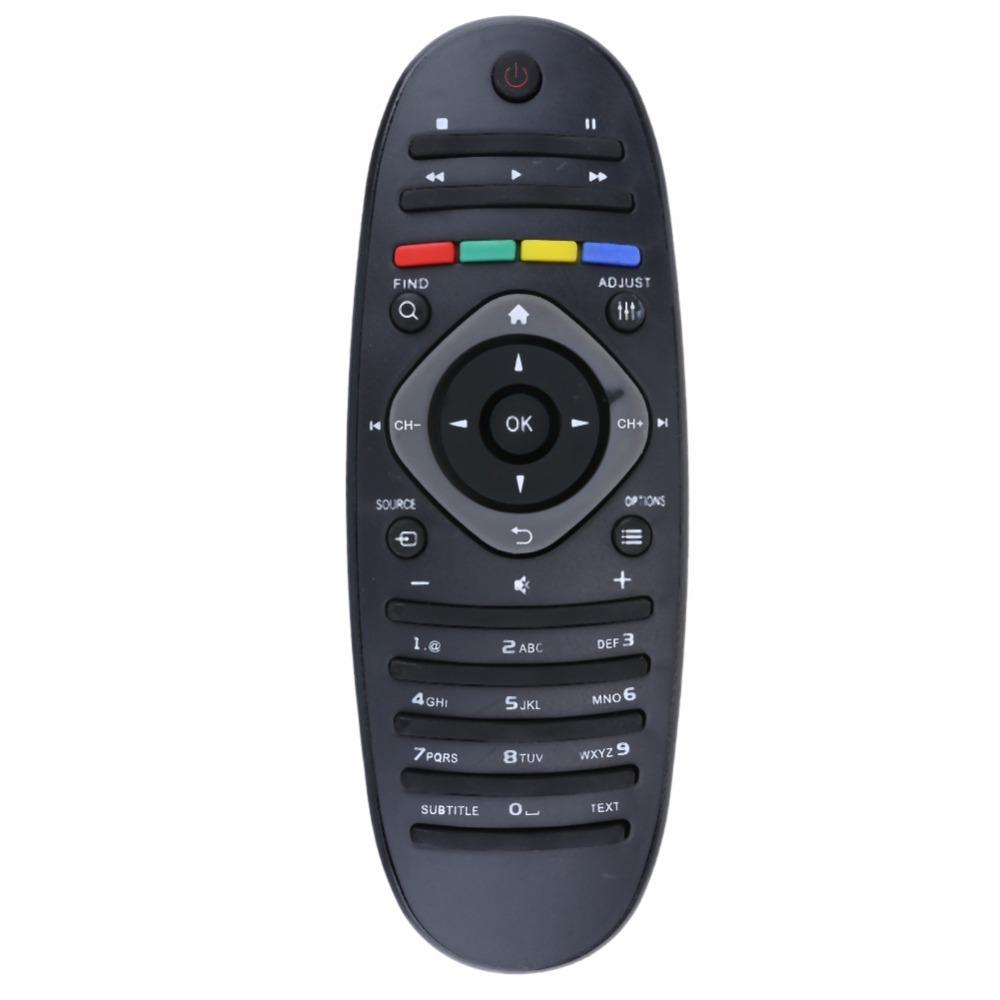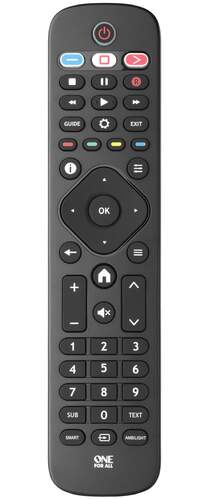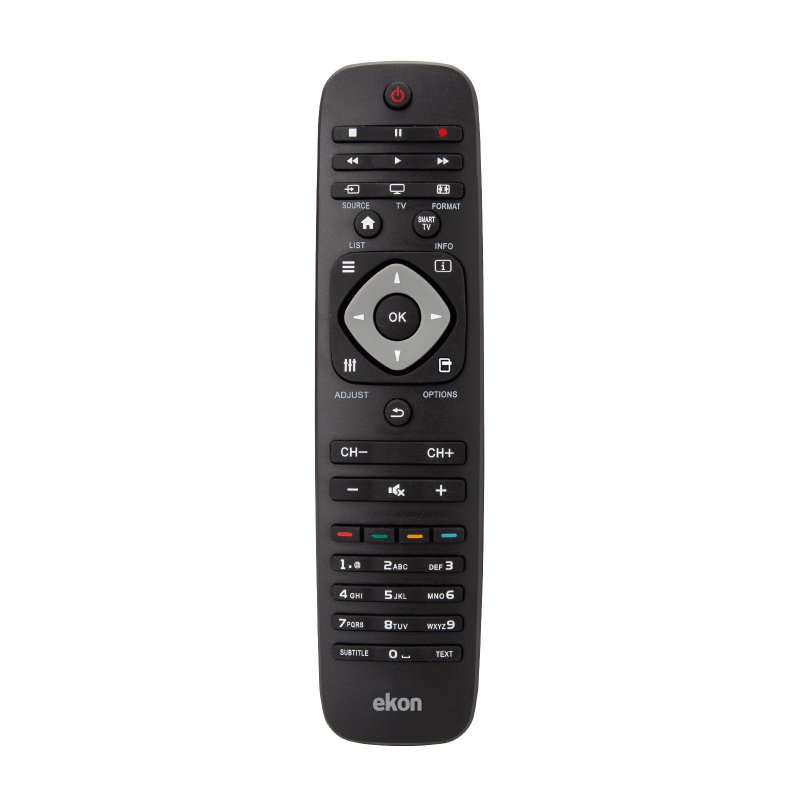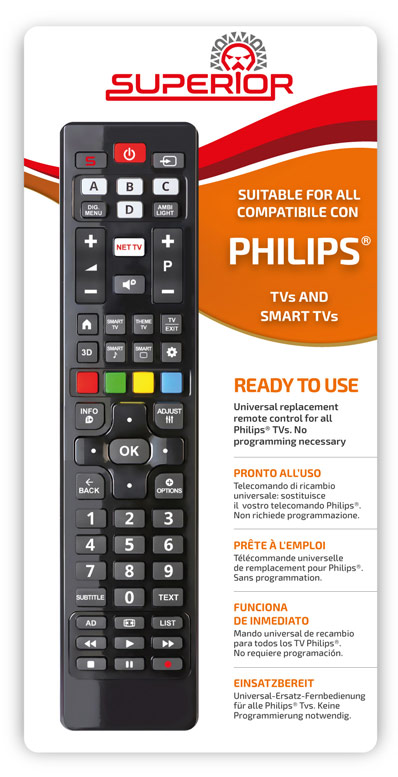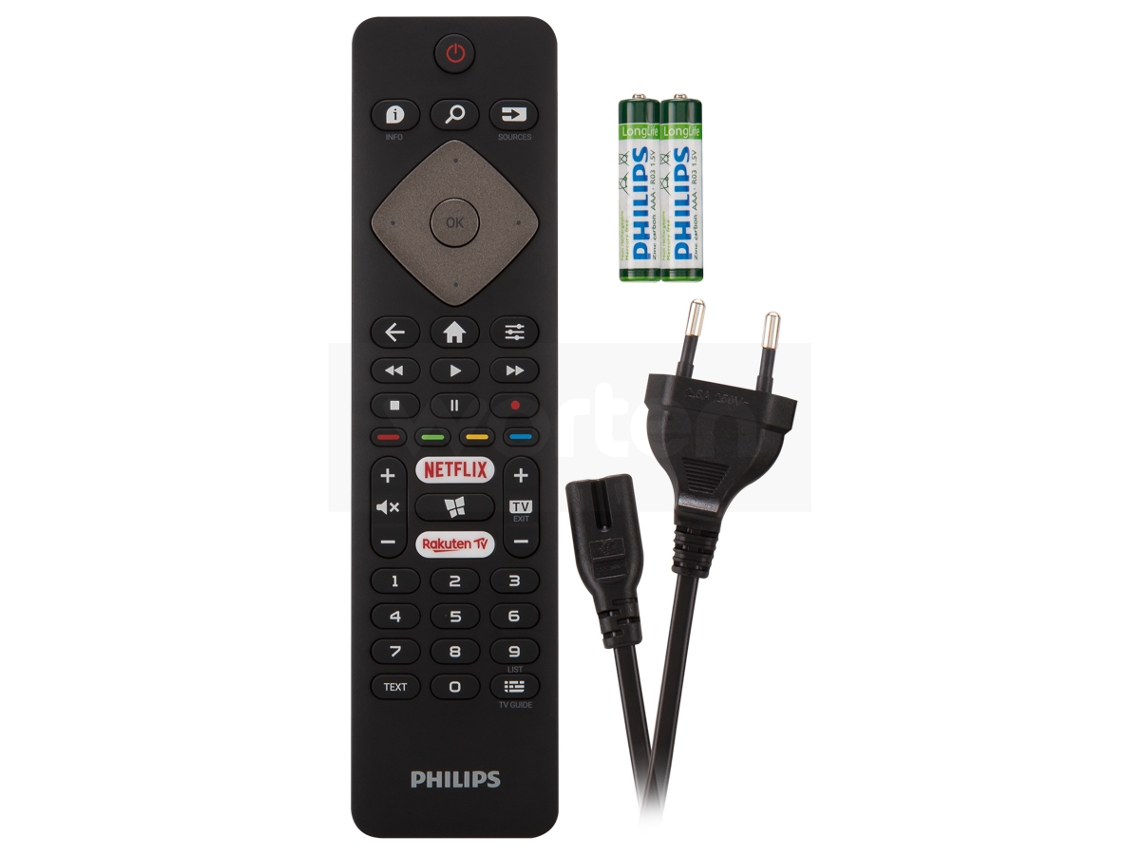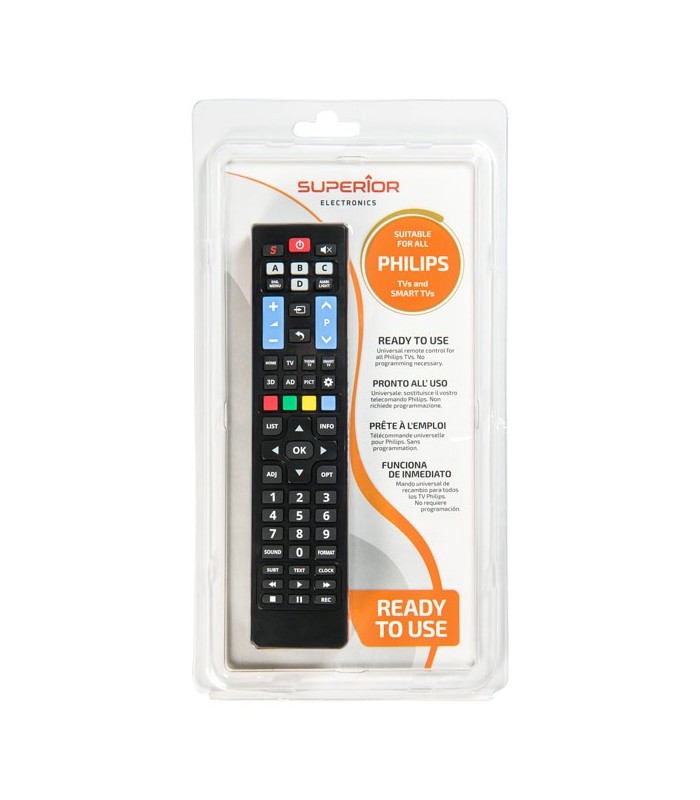
Compre Controlador Inteligente Inalámbrico de Control Remoto de TV Universal Para Philips LCD TV Smart Digital HDTV - Negro en China | TVC-Mall.com

Remote Control Replace For Philips 4k Uhd Hdr Ambilight Smart Tv 43pus6262 49pus6262 50pus6262 55pus6262 65pus6262 | Fruugo ES

Universal Philips Smart Tv Remote With Netflix Replacement Hof16h303gpd24 Smart Netflix 398gr08b (hy) | Fruugo ES

Nuevo reemplazo original para el control remoto Philips SMART TV para PHILIPS NETFLIX TV 398GR08BEPHN0012HT 1635008714 comprar a buen precio — entrega gratuita, reseñas reales con fotos — Joom

Control remoto universal philips para mando a distancia Philips Smart TV, reemplazo universal de TV Philips 242254990467 sin configuración : Amazon.es: Electrónica

Mando a distancia de repuesto para TV PHILIPS, mando a distancia Universal con NETFLIX APP, HOF16H303GPD24 - AliExpress

Mando a Distancia de Repuesto para Philips TV televisor Remote Control/PH10/22pfl3606h/12 32pfl5007h/12 32PFL5007 K/12 32PFL5007T/12 32PFL5007T/60 32PFL5507H/12 32pfl5507 : Amazon.es: Electrónica
